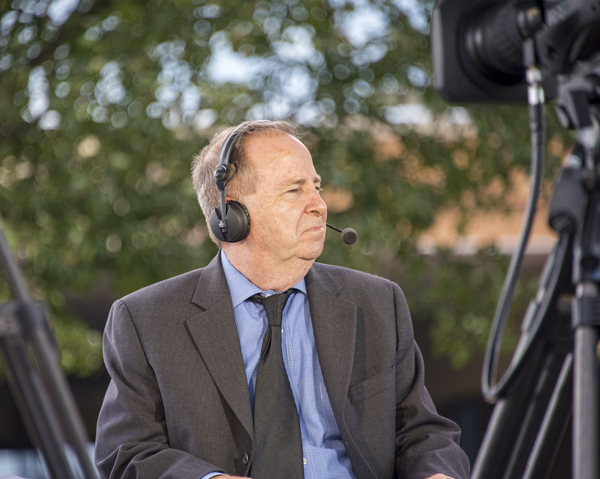Read the latest articles by Dick Jerardi on Pennsylvania's horse racing scene.
-
All, Dick Jerardi
PA BREDS TAKE CENTER STAGE IN $100,000 STAKES
By Dick Jerardi Monday’s $100,000 Unique Bella Stakes and $100,000 Page McKenney Handicap for Pennsylvania breds were run in similar fashion –...
Read More
-
All, Dick Jerardi
THE FOALS JUST KEEP WINNING
By Dick Jerardi When Disco Ebo crossed the finish line first in Saturday’s $100,000 Primonetta Stakes at Laurel Park, it continued one of the most a...
Read More
-
All, Dick Jerardi
THE PARX SATURDAY AT AQUEDUCT
By Dick Jerardi It could have been better. It also could have been much worse. Such was last Saturday when seven Parx horses ran in three stakes at Aq...
Read More
-
All, Dick Jerardi
PARX INVASION OF AQUEDUCT
By Dick Jerardi Saturday’s Wood Memorial at Aqueduct will have a nearly full starting gate. And four of those 3-year-olds will have Parx Racing ties...
Read More
-
All, Dick Jerardi
JACK ARMSTRONG STILL GOING STRONG AFTER 25 YEARS
By Dick Jerardi When one of his co-workers told him about a horse he owned that was going to be running at Parx, Jack Armstrong was intrigued enough t...
Read More
-
All, Dick Jerardi
MARSHALL GRAMM MAKES A NICE SCORE AT NHC
By Dick Jerardi Marshall Gramm, a horse owner at Parx since 2009, has one of the most unique resumes in horse racing – owner, breeder, accomplis...
Read More
-
All, Dick Jerardi
LARRY LEDERMAN, THE VERY BEST OF US
By Dick Jerardi It was the Thursday night before the 1997 Final Four in Indianapolis. Was with a few of my sportswriter friends at the off-track-betti...
Read More
-
All, Dick Jerardi
PARX AT AQUEDUCT REASONABLY SUCCESSFUL
By Dick Jerardi PAQ (Parx At Aqueduct) did not result in any visits to the winner’s circle by four Parx-based horses in the two 3-year-old stakes, b...
Read More
-
All, Dick Jerardi
PARX 2024 STAKES SCHEDULE REVEALED
By Dick Jerardi There will be 40 stakes at Parx Racing in 2024, with purses of more than $6.3 million. The stakes program, as always, will be anchored...
Read More
-
All, Dick Jerardi
AOIFE’S MAGIC VOTED 2023 PARX HORSE OF THE YEAR
By Dick Jerardi The year was more than half over by the time she made her debut on Sept. 11, but anybody who saw that dominating maiden win won’t so...
Read More
-
All, Dick Jerardi
TRIPLE CROWN NOMINATIONS ARE OUT, BUT NO BAFFERT IN DERBY AGAIN
By Dick Jerardi When the early Triple Crown nominations closed Jan. 29, there were 346 horses on the list, including three based at Parx – Withe...
Read More
-
All, Dick Jerardi
UNCLE HEAVY WINS WITHERS BY A NOSE
By Dick Jerardi Five years ago, Butch Reid went to Florida with the most talented 3-year-old from Parx since Smarty Jones. The Kentucky Derby trail di...
Read More


